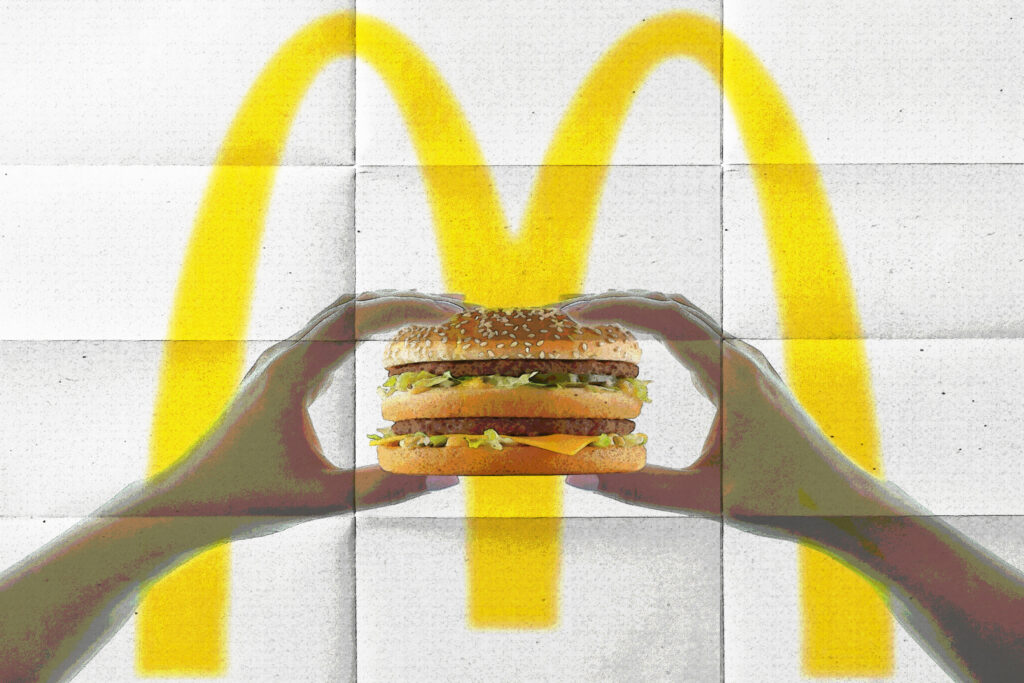
Brand Luck for Big Mac
The Big Mac trademark was lucky in that it had already been declared revoked by the EUIPO’s Cancellation Division.

Facts of the case
In 2017, the Irish fast food chain Supermac’s (Holding) Ltd applied for a declaration of revocation of the registered word mark “Big Mac” of McDonald’s International Property Company, Ltd. for all goods and services on the grounds of non-use for an uninterrupted period of five years. In 2019, to everyone’s surprise and probably to the dismay of the trademark owner, the Cancellation Division of the European Union Intellectual Property Office (EUIPO) found that the evidence submitted was insufficient to prove genuine use of the word mark “Big Mac” and declared the mark revoked. Evidence submitted at first instance included printouts from European websites, posters, packaging, Wikipedia excerpt and several affidavits from company representatives. Among other reasons, the Invalidity Division justified its decision as follows:
- the three affidavits had less weight than independent evidence
- the trademark owner had failed to prove the extent of use of its trademark
- all other evidence came from the owner of the EU trademark itself and thus also had little weight
- Wikipedia entries – since they could be changed by anyone – could not be considered as a reliable source of information
As expected, McDonald’s appealed this decision and also submitted an additional large amount (700 pages) of evidence to prove genuine use:
- Consumer surveys
- Online newspaper and magazine articles, in particular, also on the so-called “BIG MAC Index” (method for measuring the development of purchasing power)
- photos of original packaging
- various copies of receipts and/or extracts from electronic cash registers
- Advertising material (screenshots of TV commercials with dates, YouTube videos, and advertisements at bus stops)
- Photos of menus at McDonald’s restaurants
- Google Analytics data
- a financial audit report
- other affidavits and a confirmation letter
Decision of the BoA
A. Admissibility of the evidence
On the question of whether this subsequently submitted evidence was to be assessed as belated and thus not admissible or as purely supplementary, the BoA explicitly addressed the issue and concluded that it met the requirements for the admissibility of the additional evidence submitted by the proprietor of the EU trademark, as the additional evidence merely supplemented and built upon the evidence submitted in the first instance prior to the invalidity.
B. Evaluation of the evidence by the BoA
- The affidavits are not to be disregarded as purely internal documents of the EU trade mark proprietor. Their probative value is supported by all other evidence.
- Wikipedia excerpts are not per se useless. In the present case, the statements of these were supported by many references, external links and references to reputable sources such as articles in well-known newspapers.
- With respect to the submitted consumer surveys, which actually do not date from the relevant period, it was noted that “it would be unreasonable, stringent and highly economically burdensome to require the owner of every trademark to have consumer surveys available for all periods of registration of the EU trademark throughout the entire period of validity of the EU trademark.” Moreover, the market surveys submitted were “additional evidence reflecting the level of awareness of the mark in question among the relevant public, which, particularly in the case of such extensive awareness of the mark ‘BIG MAC’ in the relevant market, has developed over a long period of several years.”
The Board of Appeal partially reversed the Cancellation Division’s decision and concluded, on balance, that the evidence presented in both proceedings showed that the EU trademark “BIG MAC” was used not only to identify a specific product (sandwich), but also to distinguish the services provided by McDonald’s.
Accordingly, use was deemed proven for the following goods and services:
Class 29 – Food prepared from meat and poultry products, meat sandwiches, chicken sandwiches;
Class 30 – Edible sandwiches, meat sandwiches, chicken sandwiches;
Class 42 – Services provided in connection with or incidental to the operation of restaurants and other businesses or establishments offering food and drink prepared for consumption and for drive-in establishments; preparation of food for take-out.
Also, the Board of Appeal evaluated the documents submitted differently than the Cancellation Division, resulting in the acceptance of some documents that had not been initially considered, including the printout from Wikipedia and the affidavits, from McDonald’s representatives. The Board affirmed that the “Big Mac” product was widely consumed and macroeconomically significant enough to be used as a benchmark for comparing the cost of living in different countries. The totality of the evidence proves that “the proprietor of the EU trademark has earnestly sought to obtain, and in fact holds, a significant commercial position with respect to the challenged mark in the relevant market. Indeed, the Board confirms that this is also common knowledge.”
Author’s Tenor
When assessing evidence, it must be considered in its entirety. In an overall assessment, the evidence in the present case is sufficient to satisfy the requirement of scope of use for part of the disputed goods and services in classes 29, 30 and 42.
Key takeaway
This case clearly shows the difference between the public’s perception of a trademark and the EUIPO’s application of the legal requirements in revocation proceedings. Just because a trademark appears to be generally known, its genuine use is not automatically recognized by the relevant office or court.
The principle of trademark law is that a trademark must be put to genuine use for the corresponding goods and services no later than 5 years after its registration, otherwise it may be cancelled at the request of a third party.
Offices and courts can only base their assessment on evidence that is presented to them. It is not always fortunate that subsequently submitted evidence and proof will be accepted and taken into account in the next instance.
Gathering extensive as well as relevant evidence of use, indicating the place, time, extent and nature of the use of the trademark for the goods and/or services, must therefore be mandatory for every trademark owner who at some point is faced with the task of having to defend his IP rights. Evidence in trademark appeal proceedings should be done so according to certain criteria, following the general recommendations of EUIPN CP 12.
Please feel free to contact us if you have any questions.

Gracia-Regina Blumenröhr
Legal Counsel